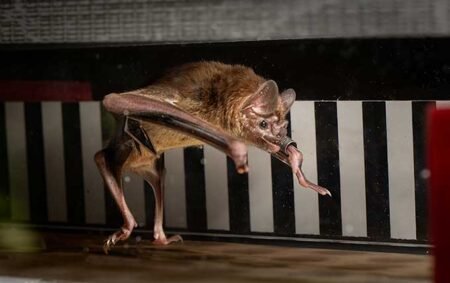A new study suggests that some massive stars may end their lives as “failed supernovas,” where the star does not fully explode but rather fizzles out, resulting in the birth of a black hole. These failed supernovas have never been conclusively detected, but a new candidate has been identified in the neighboring Andromeda galaxy. The star, a supergiant, faded dramatically and disappeared entirely between 2016 and 2023 according to a study by MIT astrophysicist Kishalay De and colleagues, suggesting the possibility of a failed supernova.
However, the discovery of this potential failed supernova is not yet conclusive. There are other phenomena, such as clouds of dust, that can cause stars to dim and disappear, potentially leading to a misinterpretation. Additionally, no visible light show was seen in this case, which was unexpected as the star’s outer layers should puff off during a failed supernova. Researchers suggest that this star may have been stripped of some of its outer envelope of hydrogen, leading to the lack of visible light show.
Conclusively detecting a failed supernova would be a significant achievement in the field of astrophysics, as it would be the first feasible way to witness a black hole being formed. Previous reports of possible failed supernovas have not been definitively confirmed, with explanations still being investigated. Follow-up observations with the James Webb Space Telescope may provide more insights into the origins of these events and help determine whether they are indeed failed supernovas.
Understanding the way stars die is crucial for determining how galaxies acquire their populations of black holes and neutron stars, which are remnants of successful supernovas. It also plays a role in understanding how chemical elements formed in stars are dispersed throughout the universe. Ultimately, scientists aim to predict the fate of stars based on their mass at birth, determining whether they will end as supernovas forming neutron stars or fail, producing black holes. The birth of black holes and how different masses of stars contribute to their formation are critical topics in astrophysics.












